Crossed Legs, Crossed Lines? Misri’s Posture with Nepal PM Sparks Uproar

A single photograph from Indian Foreign Secretary Vikram Misri’s recent visit to Nepal has stirred an unexpected storm. During his courtesy meeting with Prime Minister KP Sharma Oli in Kathmandu, Misri was captured sitting with one leg crossed over the other—a posture instantly seized upon by critics as a breach of diplomatic etiquette.
What would ordinarily pass unnoticed in Washington, Brussels, or even New Delhi quickly escalated into a flashpoint of online debate in Kathmandu. Social media users accused Misri of projecting “arrogance” and “disrespect” toward Nepal’s leadership, while some television channels aired critical segments questioning whether India’s top envoy had flouted norms of protocol.
Yet, seasoned diplomats and etiquette experts argue the opposite: crossing one’s legs during high-level meetings is an entirely normal practice across much of the diplomatic world. Former U.S. President Barack Obama, US Precident Donald Trump, Russia’s Vladimir Putin, and countless European leaders have all been photographed in similar poses. In Western capitals, such body language is interpreted as a sign of confidence and ease, not insult.
Importantly, observers noted that Misri exercised deliberate care not to point the sole of his shoe directly toward Prime Minister Oli—a gesture that would indeed be considered offensive in South Asian and Middle Eastern contexts. This, experts say, demonstrates cultural sensitivity rather than disregard.
A senior Nepali foreign ministry official, speaking off record, emphasized: “Diplomacy should be judged by commitments and cooperation, not by the angle of a photograph. The controversy overlooks the substance of bilateral discussions.”
The episode underscores how, in a region where symbolism often outweighs substance, even subtle gestures can acquire disproportionate meaning. While Misri’s visit centered on strengthening Nepal–India ties through cooperation on defense, energy, and connectivity, the posture of his legs—not the policies on the table—dominated headlines.
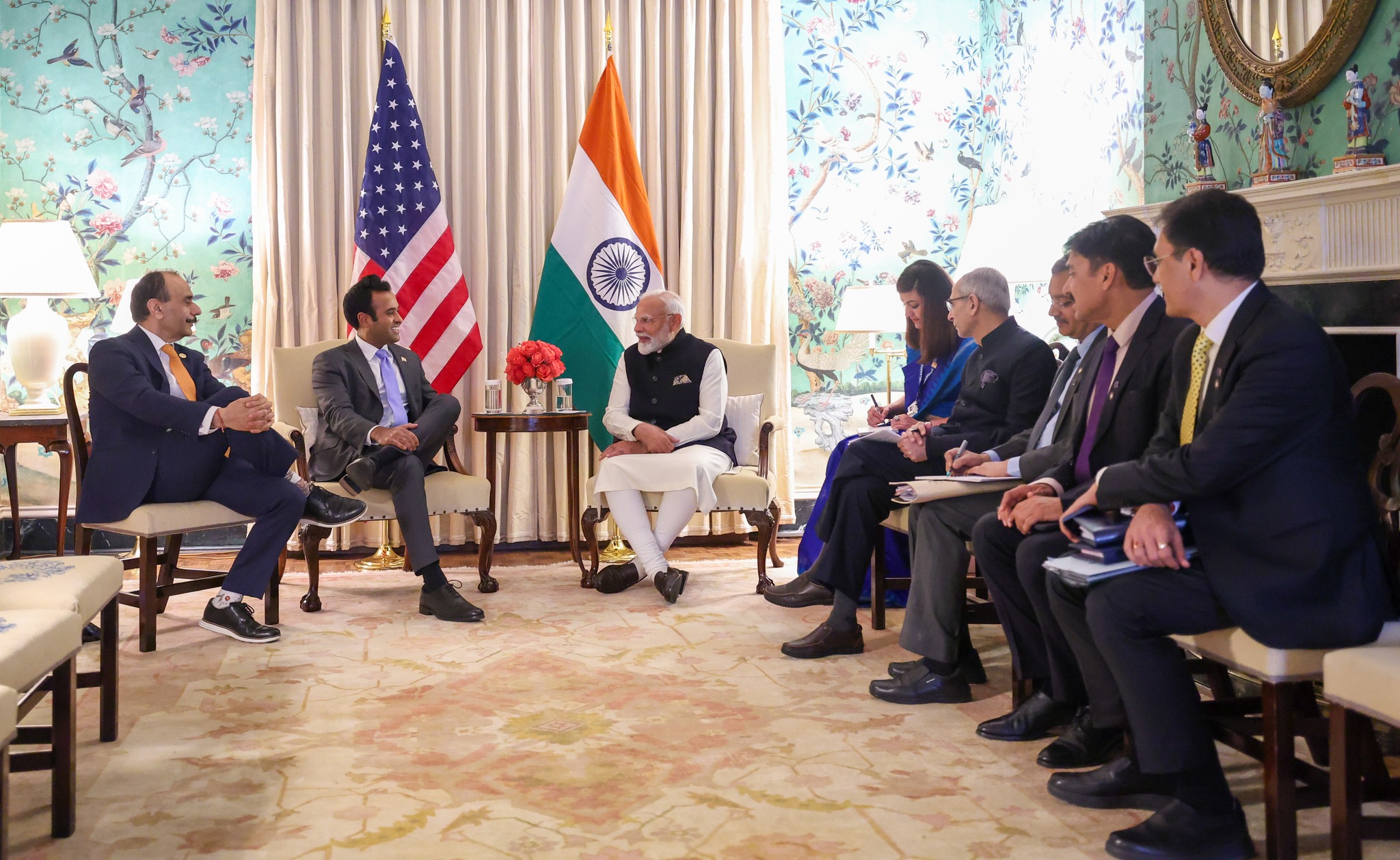
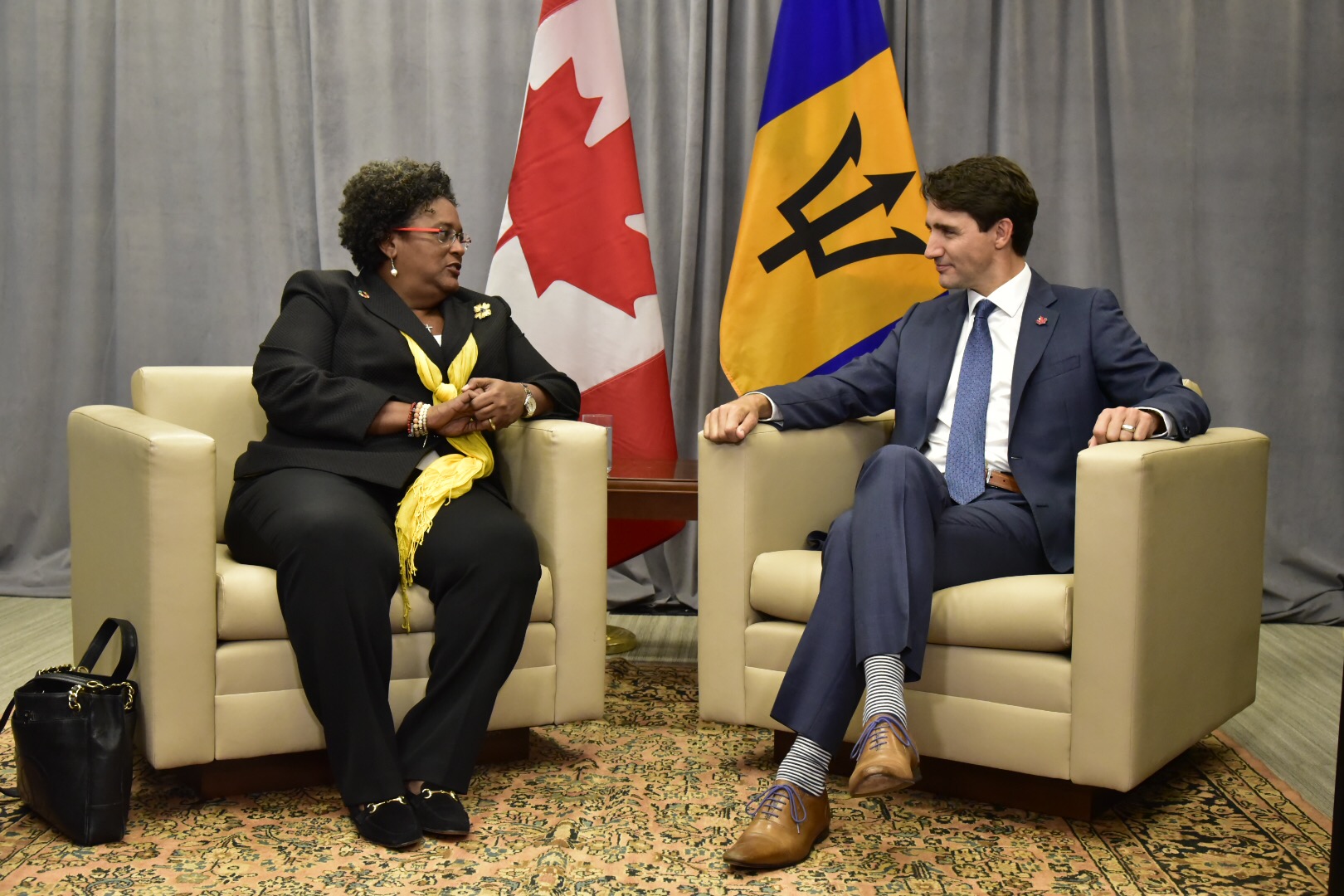

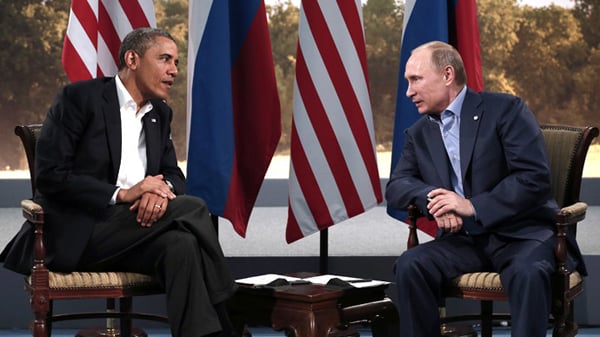
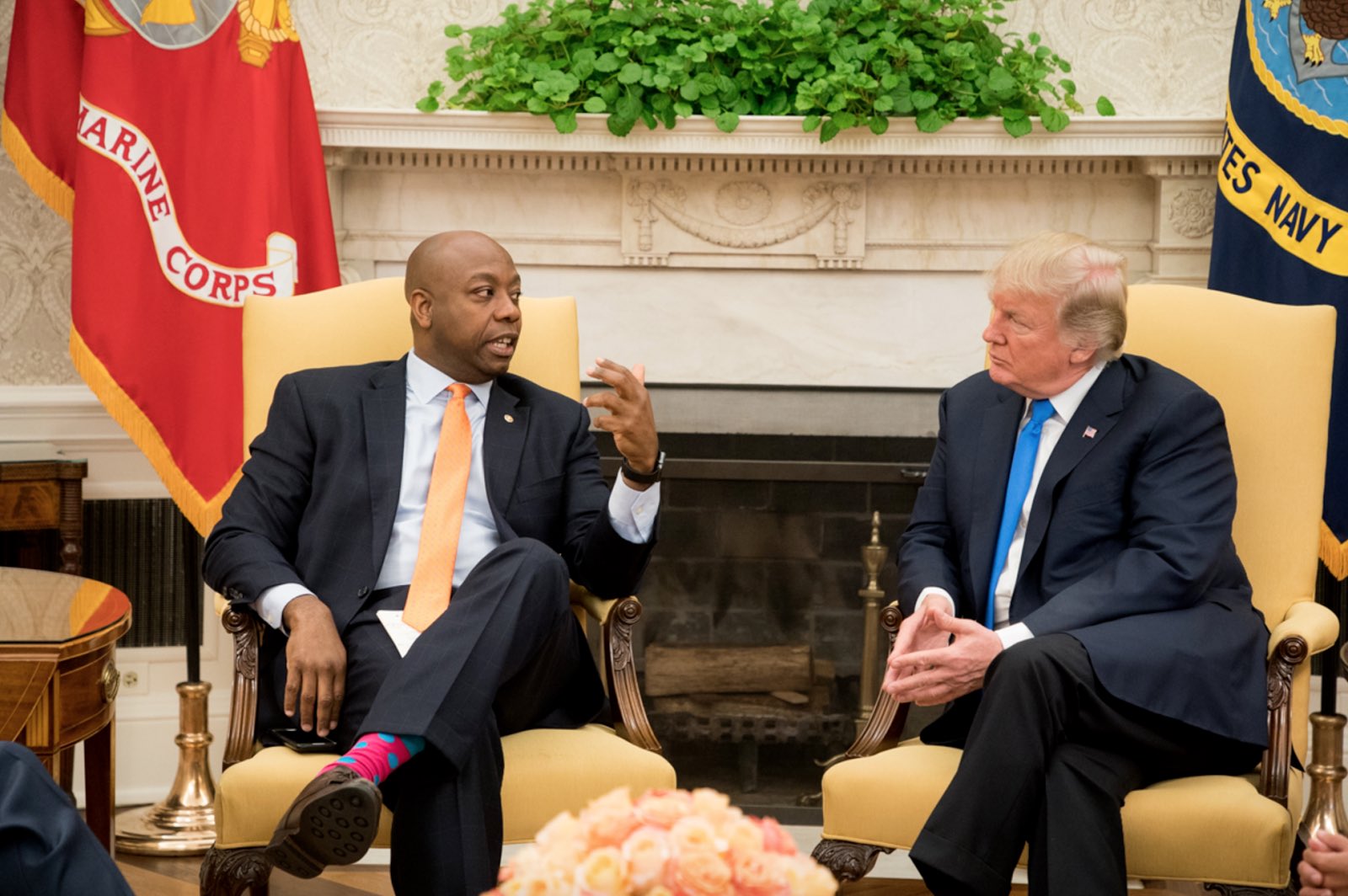 As Nepal navigates its delicate geopolitical balance, this controversy is a reminder that in diplomacy, optics are never just optics—they can become politics in an instant.
As Nepal navigates its delicate geopolitical balance, this controversy is a reminder that in diplomacy, optics are never just optics—they can become politics in an instant.


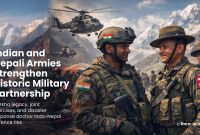
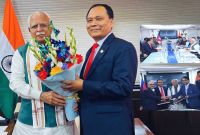
![From Kathmandu to the World: How Excel Students Are Winning Big [Admission Open]](https://nepalaaja.com/img/70194/medium/excel-college-info-eng-nep-2342.jpg)
